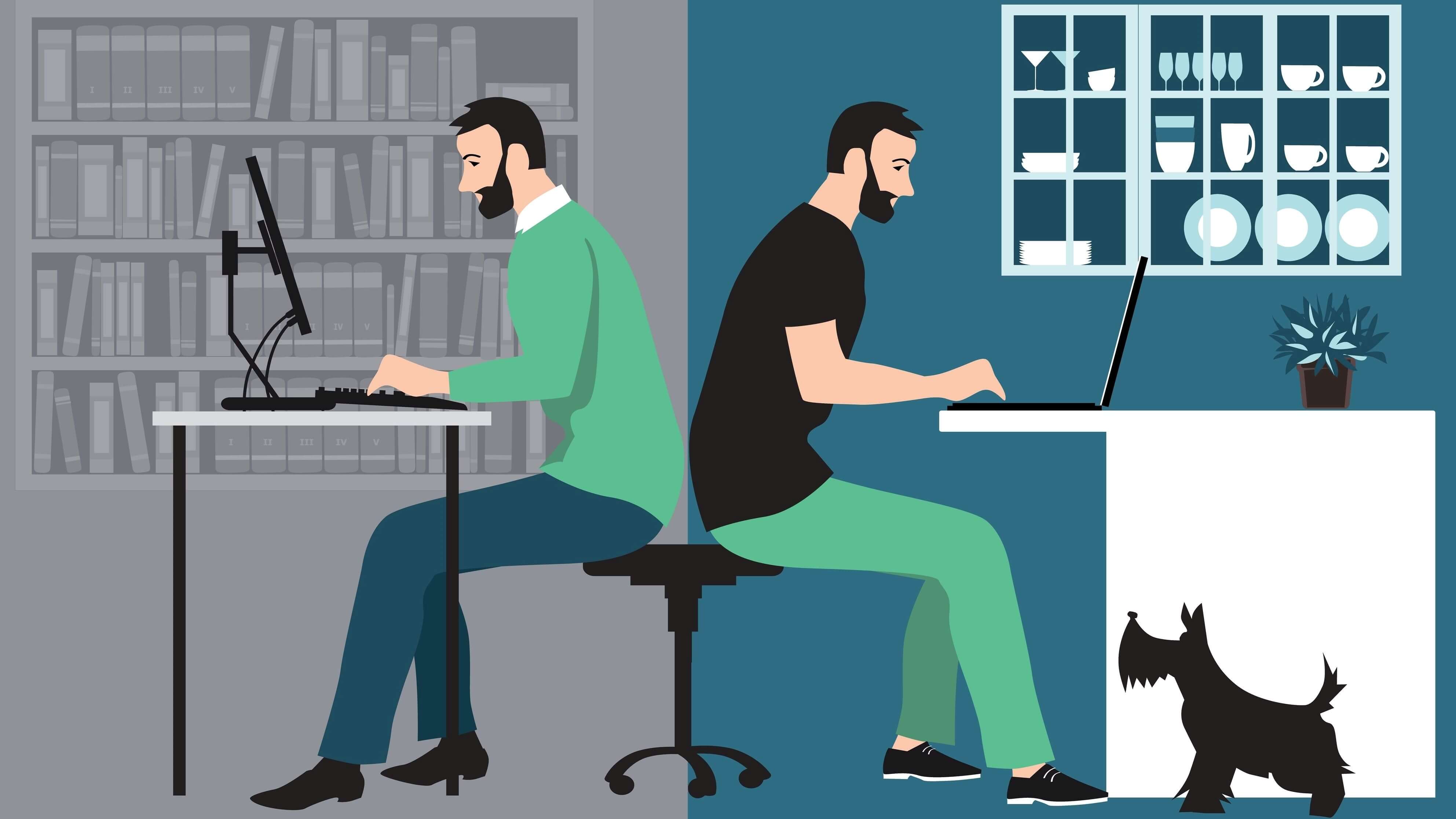The Future Of Work Is Already Here – Are You Equipped For It?
A tight labour market calls for innovative thinking.

It is no secret that the COVID-19 pandemic and associated lockdowns have upended the way people work. Over the past few years, a significant proportion of the nation’s workforce has grown used to working from home. With restrictions now fully eased and businesses across the country keen to offer employees flexibility - while also tempting them back to the office - the way we work is changing again.
Many businesses are choosing the hybrid working model, a mix of remote and in-person employment. However, with this shift, there runs the risk of divergence between those who solely work from home, and those who prefer to work from the office.
To support their staff, employers need to think strategically about shaping the new culture of work. But how do they do this?
Flexibility is a talent imperative
The pandemic saw a seismic shift in people’s attitudes towards their jobs, which resulted in a wave of people jumping ship last year – aptly named the Great Resignation. In 2022, this trend shows no signs of slowing.
Between March and May this year, the number of job vacancies rose to a new record of 1.3 million, meaning there were more job vacancies than unemployed people in the UK for the first time since records began (ONS, 2022).
But why are people dissatisfied with their jobs? The evidence shows that job opportunities that provide greater flexibility are in the most demand. In fact, Google search data reveals that there has been a 24,900% increase in average searches for “fully remote jobs” in Q1 2022 vs 2017.
With today’s talent actively seeking out businesses that offer such options, it is crucial that organisations ensure their workers have the tools to do this proficiently. Key to this is providing staff with the solutions and tech to work flexibly with ease – businesses that do this, will not only benefit from a more productive hybrid workforce, but they are likely to be happier, more content and ultimately, less likely to leave.
Have you tried turning it off and on again?
While the infamous ‘have you tried turning it off on again?’ line may have been from a fictional TV show, the sentiment isn’t farfetched. With people having depended on tech both in their working and personal lies to stay connected to others during the pandemic, employee expectations of what is a good tech experience, is at an all-time high.
From patchy home Wi-Fi to poor AV quality during virtual meetings, tech issues are a huge drain on staff performance and satisfaction. To support the productivity and wellbeing of their staff, it is critical that businesses equip workers with optimal technology whether it’s in the office, at home, or anywhere else they might choose to work.
If staff at home are expected to be as productive as their office working counterparts, they will require the same standard of tech equipment experienced in the modern office environment - but designed to be easily transportable to flex to their new working needs. This means businesses should focus on providing employees with 5G-enabled devices for superfast connectivity or laptops with a form factor that is slim and light allowing for greater mobility to work between different locations.
Based on this, it’s no surprise that worldwide desktop sales are expected to contract, from 88.4 million units in 2019, to 79.5 million units by 2023. Improvements to power, battery life, portability and display quality all have enhanced the attractiveness of a portable laptop over a desktop computer – resulting in global laptop sales expected to reach 171 million units in 2023 (Statista, 2022).
Further still, hybrid workers are on the move and will require seamless connectivity between all their tech, to help eliminate work silos and provide continuity and connectivity across all touch points.
This means instead of scrambling to source a charger and open a laptop in a confined train space, employees can reap the benefits of frictionless cross-device experiences. Either by working on their tablet and effortlessly switching back to their laptop once back at their desk, without having to break their workflow or live-in fear of version control issues, thanks to all devices being synced in real-time.
Centred on the mobile-centric experience
Typically always within arm’s reach, smartphones are often our first stop for communicating and connecting with colleagues and sourcing information. So, it is no surprise that 1 in 5 internet users in the UK accesses the internet exclusively via a smartphone (Ofcom, 2022). And with that, there is a desire for smartphones to be part of a wider ecosystem of tech products that supports integration between team members and work.
Whether using laptops or smartphones, seamless connectivity between these devices is key to supporting mobile-first users. While there are apps that can help connect these devices to some degree, the need is there for device hardware and software to be designed together to provide the frictionless cross-device experience that consumers want and need.
With employees working from home, in-office or in a hybrid capacity, tech must be designed with a mobile-first approach to ensure portability and connectivity can be achieved no matter where they are located. Whether laptop or a smartphone, the tech needs to be instant-on, powerful, long-lasting battery, vivid display, thin and light – enabling people to work in the way they want, wherever they want.
A change for the better
While the hybrid work model isn't new, its popularity amongst businesses and employees alike is widespread and shows no signs of fading away. To ensure that staff are capitalising on this way of working, employers must equip hybrid workers with the technology required to be productive, connected and content.
The key to this is guaranteeing that the tech is equipped for the future, this means ensuring that the technology is 5G-enabled to provide seamless and fast continuity between devices. Organisations that actively listen to their employees and provide the technology to support their preferred ways of working are set to be the business leaders of tomorrow.
Joe Walsh, Director of B2B at Samsung Electronics UK and Ireland.
Thanks for signing up to Minutehack alerts.
Brilliant editorials heading your way soon.
Okay, Thanks!

